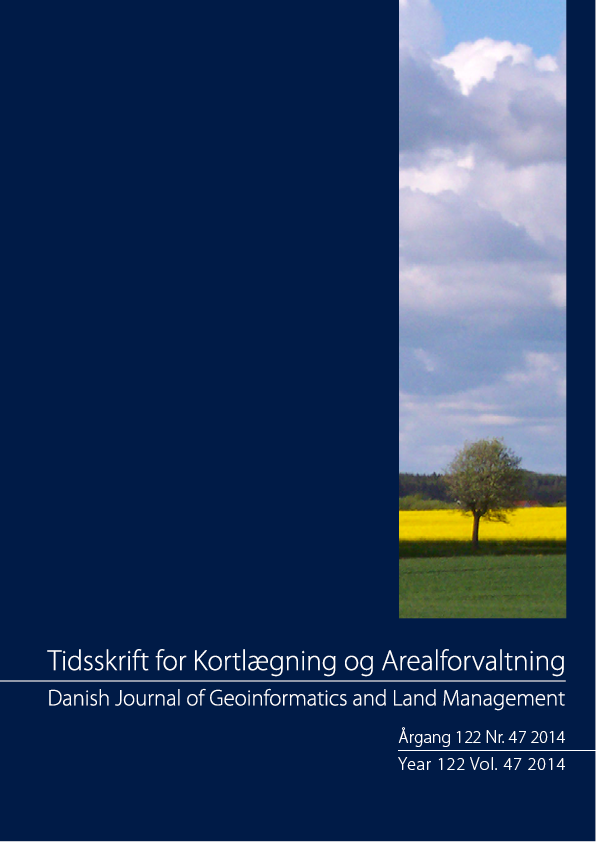Land consolidation and land banking in Denmark - tradition, multi-purpose and perspectives
DOI:
https://doi.org/10.5278/ojs.tka.v122i47.987Resumé
The Danish land consolidation tradition has its roots in the land reform launched in the 1780s. The first“modern” land consolidation law was adopted in 1924. The land consolidation procedure is today basically the same as the system which was introduced in 1955. Until 1990, land consolidation was used as an instrument for agricultural development (i.e. mainly through reduction of land fragmentation and increase in agricultural holding sizes). In 1990, the objective of implementing land consolidation was broadened. It was explicitly included in the preamble of the land consolidation law that the objective is both to contribute to agricultural development and to the implementation of nature and environmental projects as well as to provide land as compensation for agricultural holdings affected by such projects. Since 1990, the land consolidation and land banking instruments have proven to be absolutely essential in the process of reaching voluntary agreements with the landowners affected by nature projects. Public funding of the traditional land consolidation projects with agricultural development as main objective was discontinued in 2006. At the same time, the land consolidation projects implemented in recent years (after a public initiative often in connection with the implementation of a nature project) may only include land transactions which contribute to the implementation of the public initiated project. Thus, the multi-purpose potential which could be expected after the amendment of the land consolidation law in 1990 has so far not been realized. The volume of the Danish land consolidation program has in the last years been reduced more than half compared to the previous decades.
Downloads
Publiceret
Nummer
Sektion
Licens
Forfattere bevarer deres ophavsret, men giver tidsskriftet ret til første publicering. Forfattere kan frit uploade en version af sin peer-reviewede videnskabelige artikel andetsteds (parallelpublicering), men med en anerkendelse af værkets første publicering i nærværende tidsskrift. Se i øvrigt mere om grøn open access (her).

